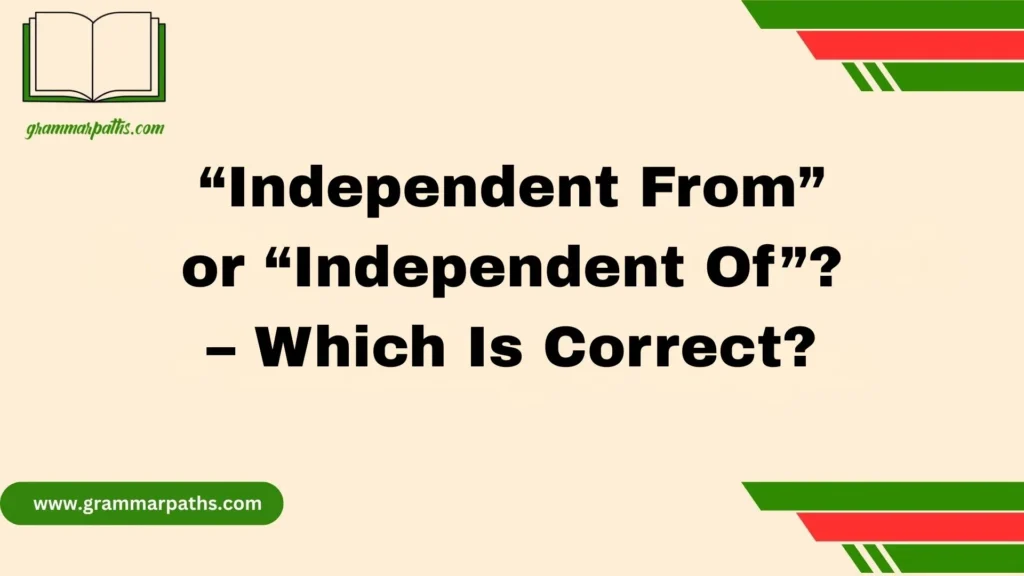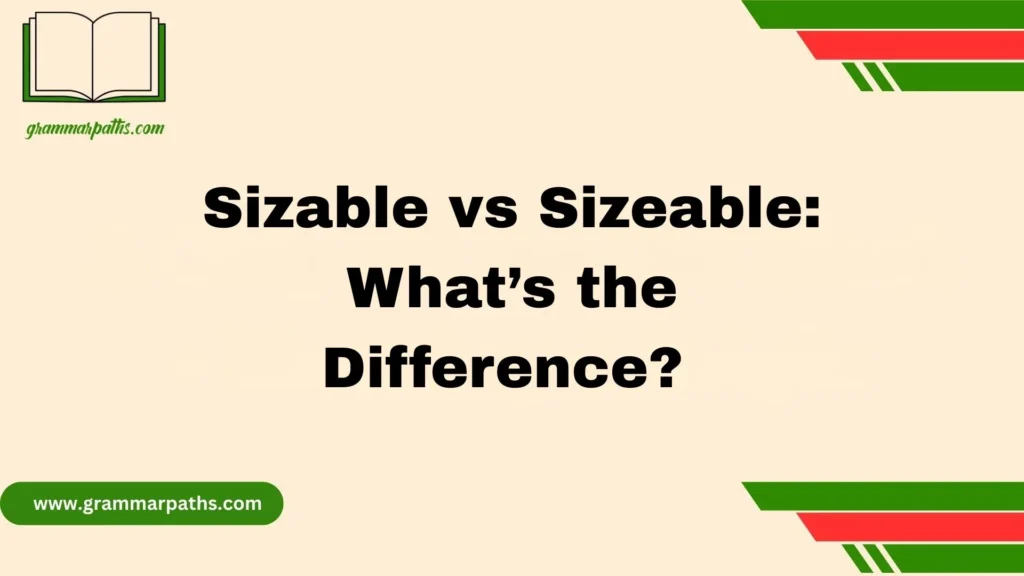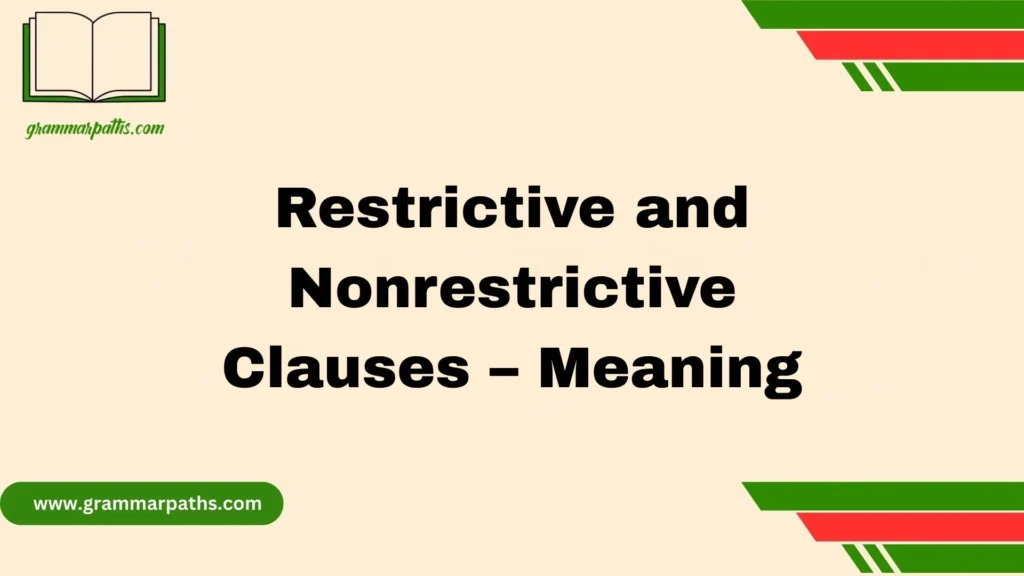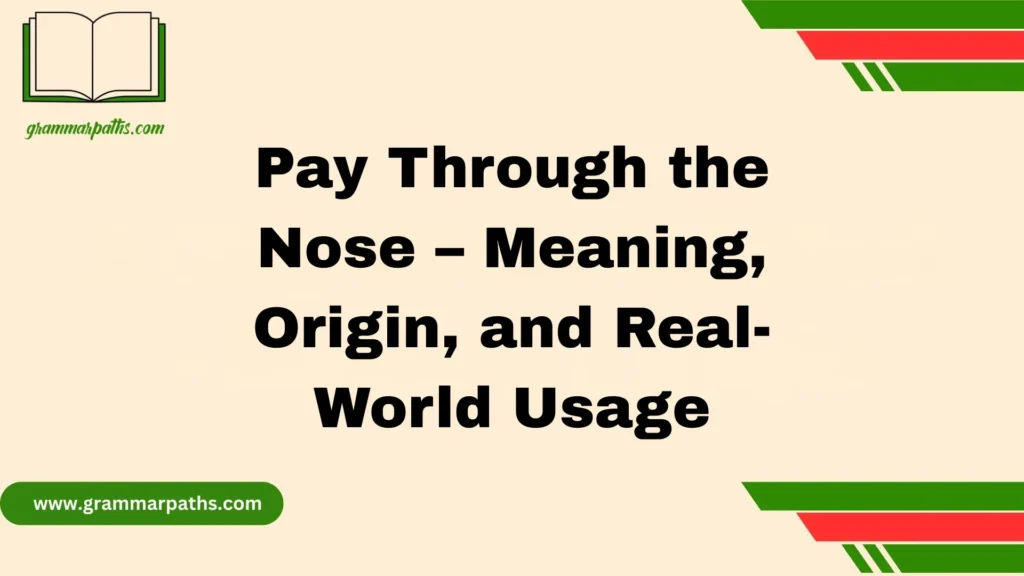Grasping the subtle yet important differences between insolence vs indolence helps avoid misunderstandings in both conversation and writing. These words can sound and look quite similar, which makes it easy to confuse their meanings — even though they are entirely different. This guide is created to help you spot common mistakes, use the right terms, and enhance your vocabulary and language confidence.
From personal experience, many people struggle to sharpen their understanding, which can impact their confidence in clear communication. Whether you’re speaking or writing, knowing the exact words and how to use them properly makes a real difference. Getting these terms right helps your message sound clearer and avoids those awkward moments caused by mixing up meanings. This simple step is vital for building strong language skills and lasting self-assurance.
What Does Indolence Really Mean?
At its core, indolence refers to a habit of avoiding activity or exertion. In simpler terms, it means laziness or a tendency toward inactivity. But unlike just being lazy, indolence often implies a deeper, sometimes chronic unwillingness to do work or make an effort.
The word comes from the Latin indolentia, meaning “freedom from pain.” Historically, it described a desire to avoid physical or mental discomfort, which often manifests today as procrastination or apathy.
Indolence carries a mostly negative connotation in everyday use. It suggests a failure to act when action is required, not just a momentary rest or relaxation.
Common Ways to Use Indolence
- Chronic indolence: When someone repeatedly avoids effort over time.
- Life of indolence: Describes a lifestyle marked by laziness or avoidance of work.
- Indolent behavior: Refers to specific acts of laziness.
Examples of Indolence in Sentences
- His indolence at work cost him the promotion.
- The heat encouraged a day of complete indolence.
- She battled her own indolence to finish the project on time.
Insolence Unpacked: What It Truly Means
Insolence, on the other hand, is about attitude. It refers to rude or disrespectful behavior or speech, often showing a lack of respect for authority or social norms.
Derived from the Latin insolentia, meaning “unusual or arrogant behavior,” insolence points to a boldness or arrogance that crosses boundaries.
Unlike indolence, which centers on inaction, insolence is active—it’s about how you behave toward others. It can be sharp, biting, and even confrontational.
Common Phrases Featuring Insolence
- Teenage insolence: Often used to describe disrespectful behavior from adolescents.
- Insolent tone: Speaking in a way that’s rude or disrespectful.
- Punishing insolence: Historical or formal phrase describing severe consequences for disrespect.
Examples of Insolence in Context
- The employee’s insolence toward his manager was shocking.
- Her insolent reply only made the situation worse.
- The judge showed no tolerance for the defendant’s insolence.
Indolence vs Insolence: Spotting the Real Differences
At first glance, these two words might look and sound alike, but they are worlds apart in meaning and use.
Aspect
Indolence
Insolence
Meaning
Laziness; avoidance of effort
Rudeness; disrespectful attitude
Root Origin
Latin indolentia (“freedom from pain”)
Latin insolentia (“arrogant behavior”)
Type of Behavior
Passive; inactivity
Active; disrespectful communication
Emotional Tone
Negative, but more neutral or apathetic
Negative, aggressive, confrontational
Common Context
Personal habits, lifestyle
Social interactions, authority relationships
Visual Comparison Diagram
Imagine indolence as a slow river, unmoving and passive, while insolence is a sudden storm, disruptive and loud. This difference reflects not just their definitions but the feelings they evoke.
The Hidden Root: Etymology and Evolution
Both words come from Latin but diverged sharply over time.
- Indolence traces back to indolentia, which focused on avoiding pain or discomfort, evolving into describing laziness. It gained a softer tone in literature, sometimes hinting at peaceful laziness rather than mere neglect.
- Insolence evolved from insolentia, associated with arrogance and offensive boldness. Historically, insolence was often punished harshly, especially in hierarchical societies, because it challenged authority.
Interestingly, the similarity in sound created confusion early on, but their roots set a clear line between physical passivity (indolence) and verbal or behavioral aggression (insolence).
Common Mistakes with Indolence and Insolence: Why It Matters
Even skilled writers and speakers trip up on these words. This confusion can have consequences:
- Using indolence when you mean insolence can make you sound like you’re accusing someone of laziness instead of rudeness.
- Saying insolence instead of indolence might come off as harsher or more judgmental than intended.
Real-Life Confusion Examples
- Social media posts mixing up: “Your indolence is disrespectful!” (should be insolence)
- News articles incorrectly labeling a lazy act as insolence or vice versa.
- Academic papers where tone and clarity depend heavily on precise vocabulary.
Spellcheck and Autocorrect Limitations
Both words are real and spelled correctly, so spellcheck won’t flag misusage. Autocorrect can’t read context—meaning it won’t warn if you say “indolence” when you really mean “insolence.” This makes knowing the difference essential.
How to Remember the Difference for Good
Try these memory tricks:
- Indolence = Indoors + Lazy: Think of someone staying inside, avoiding work.
- Insolence = Insult + Attitude: Imagine an insult delivered with disrespect.
Visual mnemonics help too:
- Picture a person lounging on a couch (indolence).
- Picture a teenager rolling their eyes and talking back (insolence).
Practical Tips to Master Both Words
Here’s a quick guide to knowing when to use each:
Situation
Use Indolence
Use Insolence
Describing someone avoiding work
He lost the race due to indolence.
—
Talking about disrespectful tone
—
Her insolence offended the teacher.
Writing formal or academic text
The study examines workplace indolence.
The report condemns insolence among staff.
Writing Tips
- If the focus is on lack of action, lean on indolence.
- If the focus is on rude or disrespectful behavior, pick insolence.
Try creating sentences using both words in context to sharpen your skills.
Confidence Without Confusion: Key Takeaways
- Indolence means laziness or avoidance of effort—think of it as a passive state.
- Insolence means disrespect or rude behavior—an active display of poor manners.
- They sound similar but live in very different worlds—one inside your mind or body, the other in social interactions.
- Spellcheck won’t save you; only your understanding can.
- Use mnemonic devices and examples to lock in the difference.
FAQs About Indolence and Insolence
What is the difference between insolent and indolent?
Insolent means showing a rude or disrespectful attitude, while indolent means being lazy or avoiding activity. They sound similar but have completely different meanings.
What is an indolence attitude?
An indolence attitude refers to someone who is habitually lazy, slow to act, and prefers comfort over effort or responsibility.
What is the difference between impertinence and insolence?
Both mean disrespect, but impertinence is often mildly bold or cheeky, while insolence is more blatantly rude or offensive.
Is insolence an insult?
Yes, insolence is a form of insult. It involves speaking or behaving in a way that shows clear disrespect or contempt for someone in authority.
What is indolence?
Indolence is a tendency to avoid activity or work. It describes someone’s laziness or lack of motivation to do tasks.
Conclusion:
In summary, indolence and insolence may sound similar, but their meanings and impacts are vastly different. Indolence reflects a state of inactivity, laziness, or avoidance of effort, often linked with low energy, lack of motivation, or even emotional fatigue. Meanwhile, insolence signals bold disrespect, rude behavior, and deliberate defiance, especially in settings that demand professionalism or respect.
Recognizing whether someone is being indolent or insolent can help in responding appropriately—whether in personal relationships, education, or the workplace. You don’t correct indolence with punishment; it needs encouragement and support. But insolence often calls for disciplinary boundaries, clear communication strategies, or behavioral correction.

Mia Rose is the passionate writer and founder of GrammarPaths.com, a resource dedicated to helping learners master English grammar, idioms, and writing skills with ease. With a deep love for language and years of experience in teaching and content creation, Mia simplifies complex grammar rules into clear, practical guides that readers can instantly apply.












